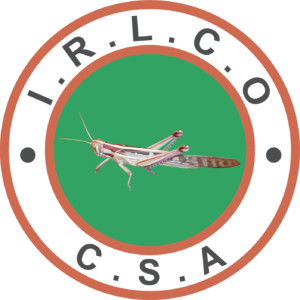Red Locust
A Threat to Agriculture in Central and Southern Africa
Overview of the Red Locust
The Red Locust (Nomadacris septemfasciata) is one of the most significant pest species in Central and Southern Africa, posing a severe threat to agriculture across the region. Characterized by its large size, reddish-brown coloration, and the ability to form massive swarms, the Red Locust has a history of causing devastating damage to crops and pasturelands. This locust species is known for its unpredictable outbreaks, which can result in large-scale food shortages and economic losses if not managed effectively.
Habitat
These habitats, found primarily in regions such as the Wembere Plains, Rukwa Valley, and Malagarasi Basin in Tanzania, provide the ideal conditions for the locusts to breed and multiply. The presence of tall grass species, such as Sporobolus, is particularly important for the survival and reproduction of the Red Locust.
Lifecycle
The lifecycle of the Red Locust is closely linked to the seasonal patterns of rainfall and vegetation growth in its habitat. The species undergoes a complete metamorphosis, starting from eggs laid in the soil.
Impact on Agriculture
The Red Locust is notorious for its ability to form large swarms that can travel great distances, consuming vast quantities of crops and pasture as they move. These swarms can destroy entire fields of staple crops such as maize, sorghum, and millet within hours, leading to severe food shortages and economic hardship for farming communities.
